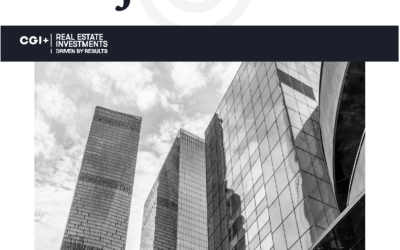 Renters and prospective homebuyers have been leaving cities at an unprecedented pace since the beginning of the COVID-19 pandemic.
Renters and prospective homebuyers have been leaving cities at an unprecedented pace since the beginning of the COVID-19 pandemic.
New York City lost a staggering 110,000 residents from February to July of this year. That’s roughly 500% more than the previous year.
So where did these people go?
Suburbia and smaller towns, mostly. This trend has caused the prices of the homes in the suburbs to rise rapidly due to the sharp increase in demand. This trend has caused property prices as a whole to rise over 5% in the last year in the suburbs outside of the 10 largest metropolitan areas in the United States. We have seen a greater interest in leasing at our Astoria project, for example.
This isn’t the first time we’ve seen this trend. In recent years it happened as younger professionals in cities begin to consider expanding their families, which comes with the inevitable decisions about schools and the best environment to raise the children in.
This natural process has been sped up by the pandemic at such a rate that the inventory levels in the suburbs are having a hard time keeping up with the demand. The flexibility of remote work that the pandemic has made more widely available is also making the decision easier for professionals when considering leaving the city for the suburbs.
All that said, we don’t believe this trend will last forever.
City neighborhoods just have so much more to offer than cookie cutter suburbia. After months of isolation, social distancing and ordering in from the same half-a-dozen suburban community restaurants, people will be hungrier than ever for culture, nightlife, and dining and entertainment. Moves back to cityscapes will be incentivized by lower pricing and more amenities.
With the dropping prices in urban areas and a vaccine in the works – data shows (and we believe) people will make their way back to the cities. The allure of these prices will make the appeal to come back irresistible for many and the return to normalcy will begin.

